Barocke Netzwerke: Ein quantitativer Ansatz zur Geschichte des europäischen Dramas
Forschungskolloquium Literaturtheorien -- Methode -- Digital Humanities
Universität Potsdam, 22.07.2022
Diese Folien: tinyurl.com/kolloquium-up-22

Überblick
- Forschungsthema
- Methodologie
- Vorgehensweise
- Korpus
- Analyse
1. Forschungsthema
Wie hat sich die Struktur des europäischen Dramas im Lauf des 16.-17. Jahrhunderts entwickelt?
Forschungslücke
Laut Küpper (2018): fehlende komparatistische Perspektive auf den Entwicklungsprozess der dramatischen Gattung



Ausgangspunkt
Moretti, Franco. "Modern European Literature: A Geographical Sketch." New Left Review I/206 (1994), S. 86-110
Kernbegriff aus der Biologie: Allopatrische Artbildung
↓
Entstehung neuer Tierarten durch Bewegung in neuen (geografischen) Räumen
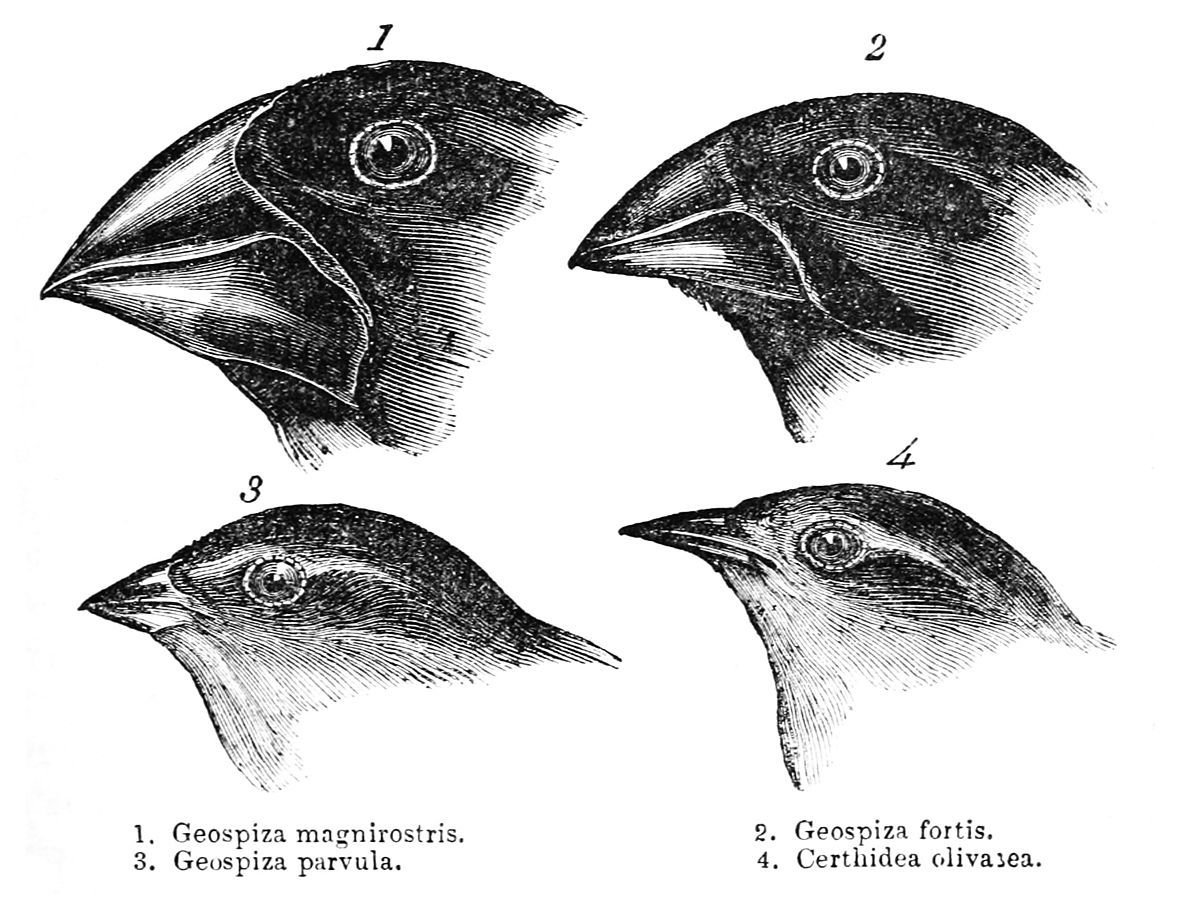
"...within a couple of generations, the stable, common features of European drama are replaced by a rapid succession of major formaI mutations.
By the mid seventeenth century, the tragedy of western Europe has branched out in three or four separate versions, where everything has changed: the relationship between word and action, the number of characters, stylistic register, temporal span, plot conventions, spatial movements, verse forms.
In fact, not even the name of 'tragedy' is shared any longer."
(Moretti 2013: 11)
Entwicklung der europäischen Tragödie...
1400 1500 1600 1700 1800
Einheitliches Modell von europäischer Tragödie
(Einfluss von Seneca und mittelalterlichen Theater)
Nationale Varianten
... visualisiert
“In the Spain of the siglo de oro there is no room for German Trauerspiel, just as, in the eyes of the tragédie classique, Shakespeare is an absurdity to be avoided (let alone the Jacobeans).”
...discontinuous, fractured, the European space functions as a sort of archipelago of (national) sub-spaces, each of them specializing in one formaI variation”
(Moretti, 2013: 12)
Jede Art von Tragödie belegt einen Sprachraum völlig
Formale Merkmale trennen die Arten voneinender
Fragestellungen / Forschungsziele
-
Wie lässt sich die Theorie der "Verzweigung" der europäischen Tragödie im Lauf des 17. Jahrhunderts empirisch überprüfen?
-
Betrifft ein ähnliches Phänomen auch andere dramatische Gattungen der Zeit (v. a. die Komödie)?
-
Inwiefern lässt sich dieser Entwicklungsprozess durch die Methode der digitalen Geisteswissenschaften erforschen?
2. Methodologie
"In der Netzwerkanalyse werden zuvor bestimmte Größen (z. B. Figuren, Autoren, Orte) in ihrer Beziehung zueinander als Netzwerk aus Knotenpunkten (oder Ecken) und Verbindungslinien (auch Kanten, Relationen) untersucht."
(Schumacher 2018, leicht ver.)
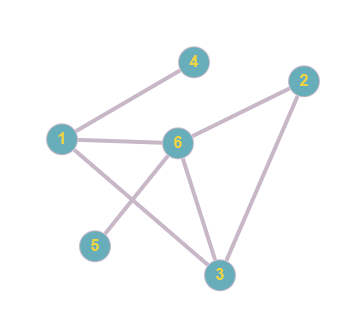
Literaturwissenschaftliche Netzwerkanalyse (LiNA)
- LiNA ermöglicht quantitative Analyse von Handlung durch die Herstellung von Charakternetzwerken (vgl. Trilcke 2013, Labatut und Bost 2020)
- "We are not analyzing the actual text of the play, but a strict formalization of it". (Fischer und Skorinkin 2021: 522)
"If the network, as a visualization, compresses the dynamic action of the play into a schematic morphology in which all of the interactions [...] are part of a static representation...
Das LiNA-Verfahren (nach Algee-Hewitt 2017: 756–57)
...then the metrics from the distributed character network reduce these multidimensional visualizations into statistics that represent, in minute detail, a single aspect of the morphology of the drama."
Dramatische Handlung
Formalisierte Abbildung (Netzwerk)
ausf. Morphologie des Dramas
Statistiken
Das Drama Corpora (DraCor) Projekt


Beispiel: https://dracor.org/id/ger000008
LiNA durch die DraCor-Plattform
Warum LiNA für eine Studie des frühneuzeitlichen Dramas?
- Aufbau eines Korpus von frühneuzeitlichen Dramen
- Enkodierung der Texte und Hochladen auf DraCor
- Berechnung und Vergleich der Netzwerkmetriken
- Literaturwissenschaftliche Auswertung der Ergebnisse
3. Vorgehensweise
4. Korpus
-
Bestand: 150 Dramen
-
Zeitraum: 150 Jahre (1561-1710)
-
Sprachen: 🇫🇷 🇮🇹 🇩🇪 🇪🇸 🇬🇧
-
Ziel: die Entwicklung der dramatischen Gattung "schrittweise" messen
-
Jede 10 Jahre 2 Dramen für jede Sprache
-
Vorschau des Korpus hier
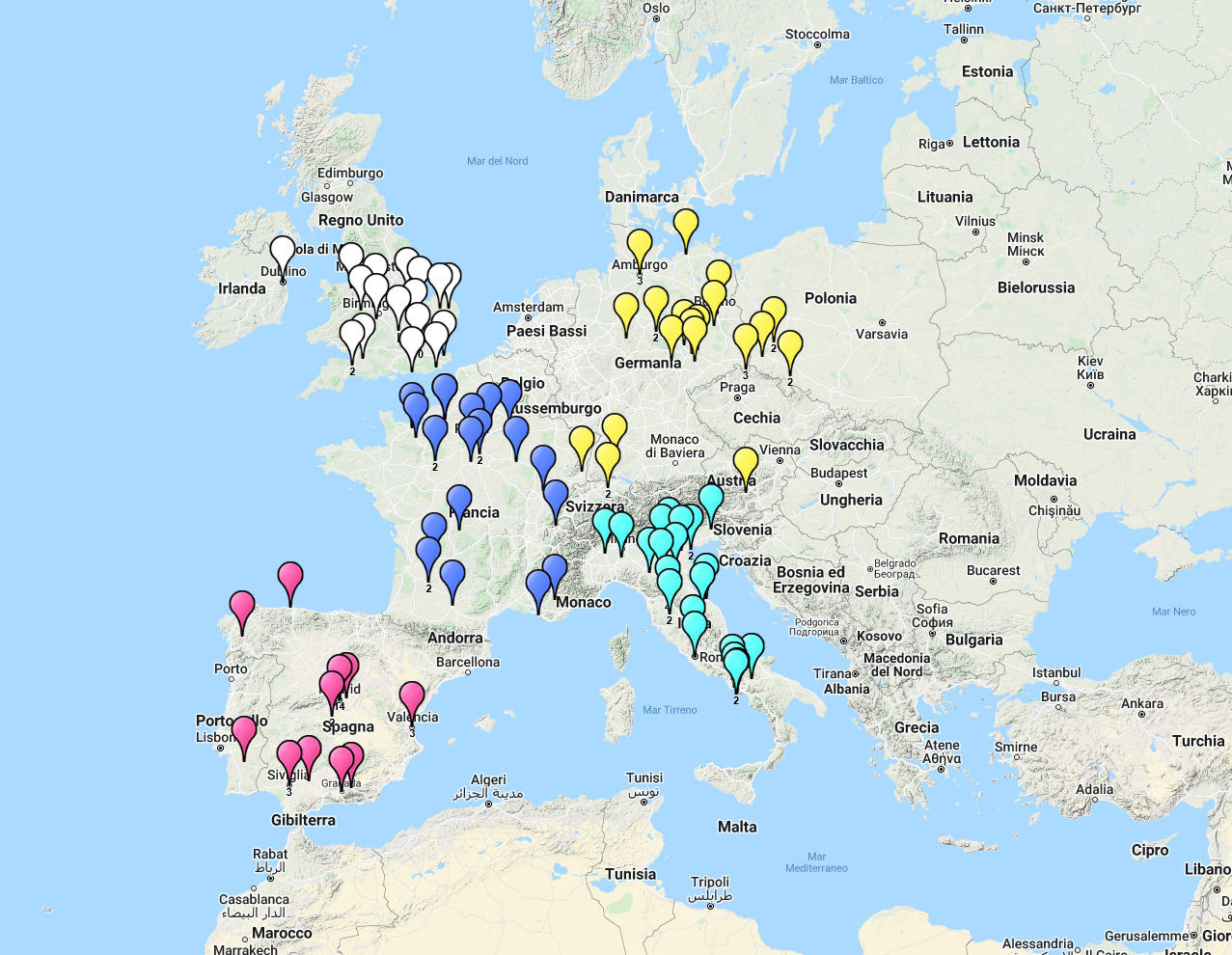
Geburtsorte der Autoren im Korpus (einige Angaben fehlen)
Textauswahl
- Texte schon im DraCor-Datenbank (ggf. Stichprobeverfahren)
- Texte schon in XML oder in anderen elektronischen Formaten verfügbar
- Eigene Enkodierung von bereits nicht als (saubere) Dateien verfügbare Texten
- Max. 3 Werke pro Autor
- Auswahl des Referenzjahres
- Gemischte Gattungen
- Beliebige Länge und Inhalt
Übersicht: Textformate

Enkodierungsverfahren 1/2
(Beispiel: Joachim Schlues Isaac, Rostock 1606)
Gescannter Originaltext aus Google Books / Archive.org
Entwurf zur Korrektur und Überprüfung
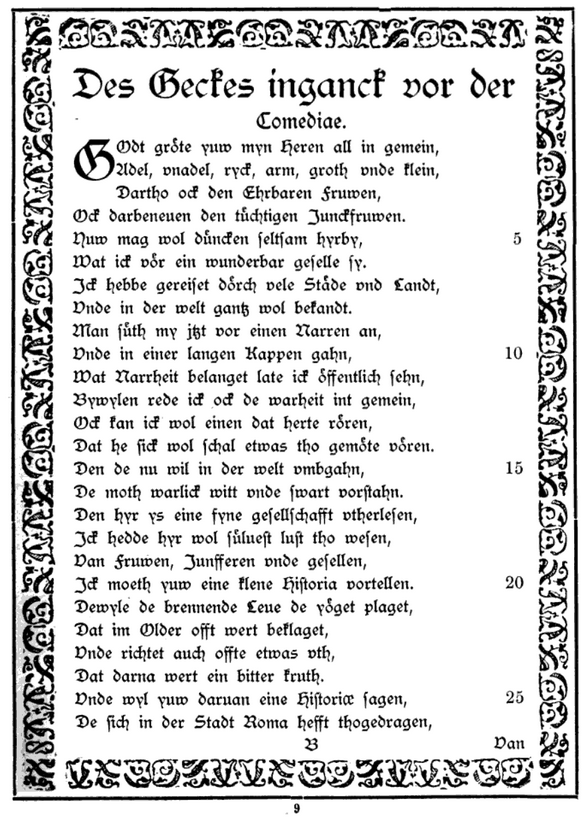
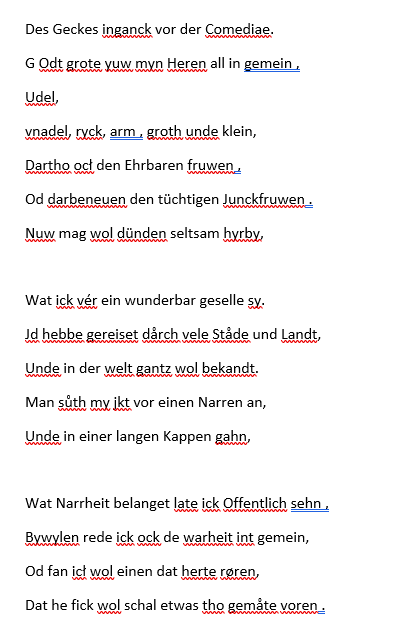
Automatisierte Zeichenerkennung (OCR)
Enkodierungsverfahren 2/2
### J.W. Goethe, Faust II, Zz. 2037-2043 [https://dracor.org/ger/goethe-faust-eine-tragoedie]
<sp who="#schueler">
<speaker>SCHÜLER.</speaker>
<l> Das sieht schon besser aus! Man sieht doch, wo und wie. </l>
</sp>
<sp who="#mephistopheles">
<speaker>MEPHISTOPHELES.</speaker>
<l>Grau, teurer Freund, ist alle Theorie,</l>
<l>Und grün des Lebens goldner Baum.</l>
</sp>
<sp who="#schueler">
<speaker>SCHÜLER.</speaker>
<l>Ich schwör' Euch zu, mir ist's als wie ein Traum.</l>
<l>Dürft' ich Euch wohl ein andermal beschweren,</l>
<l>Von Eurer Weisheit auf den Grund zu hören?</l>
</sp>
<sp who="#mephistopheles">
<speaker>MEPHISTOPHELES.</speaker>
<l>Was ich vermag, soll gern geschehn.</l>
</sp>Auszeichnungssprache (markup language): XML
Kodierungsstandard: TEI
(Mehr dazu: Schöch 2016)
5. Analyse
- Operationalisierung: Wie kann man die Entwicklung von Drama aus einer strukturellen Ansicht messen?
- Welche Netzwerkmetriken sind dafür geignet und relevant?
- Grundelegende Netzwerkmetriken:
- Größe, Dichte, Reichweite, Knotengrad...
- Akteursorienterte Metriken ➜ Zentralitätsmetriken:
- Betweenness, Closeness, Eigenvektor-Zentralität ➜ nach Algee-Hewitt 2017: protagonism/mediateness
- Neue Ansätze (bspw. nach Fischer et al. 2017):
- Ereignisbasierte Metriken: all-in index, final scene size
- Fortschrittsbasierte Metriken: drama change rate
Übersicht: mögliche Metriken
(work in progress!)
Aufbau, Breite und
Repräsentativität des Korpus?
Wirksamkeit der LiNA?
Bedarf an Ergänzung durch
stilometrische Ansätze?
Grenzen der Arbeit /
Idee zur Diskussion
Literatur 1/2
-
Algee-Hewitt, Mark. "Distributed Character: Quantitative Models of the English Stage, 1550–1900." New Literary History 48, 4 (2017): 751-782 [link].
-
Fischer, Frank, et al. "Programmable Corpora: Introducing DraCor, an Infrastructure for the Research on European Drama". Proceedings of DH2019: ‘Complexities’. Utrecht: Universiteit Utrecht, 2019 [link].
-
Fischer, Frank and Skorinkin, Daniil. "Social Network Analysis in Russian Literary Studies", in: Gritsenko, Daria, Wijermars, Marielle, and Kopotev, Mikhail (eds.), The Palgrave Handbook of Digital Russia Studies. Cham: Palgrave Macmillan, 2021 [link].
-
Küpper, J. (2018). The Cultural Net: Early Modern Drama as a Paradigm. Berlin und Boston: De Gruyter [link].
-
Labatut, Vincent and Bost, Xavier. “Extraction and Analysis of Fictional Character Networks: A Survey”. ACM Computing Surveys 52, 5 (2020): 1-40 [link].
Literatur 2/2
- Moretti, Franco. "Modern European Literature: A Geographical Sketch", in Distant Reading. London und New York: Verso, 2013: 1-42.
- Schöch, Christof. "Ein digitales Textformat für die Literaturwissenschaft: Die Richtlinien der Text Encoding Initiative und ihr Einsatz bei Textkonstitution und Textanalyse" Romanische Studien [online], 1, 4 (2016): 325–364 [link].
- Schumacher, Mareike. "Netzwerkanalyse". forTEXT - Literatur digital erforschen (2018) [link].
- Trilcke, Peer. "Social Network Analysis (SNA) als Methode einer textempirischen Literaturwissenschaft", in Ajouri, Philip, Mellmann, Katja, und Rauen, Christoph (hrsg.), Empirie in der Literaturwissenschaft. Münster: Brill | mentis, 2013: 201–47 [link].